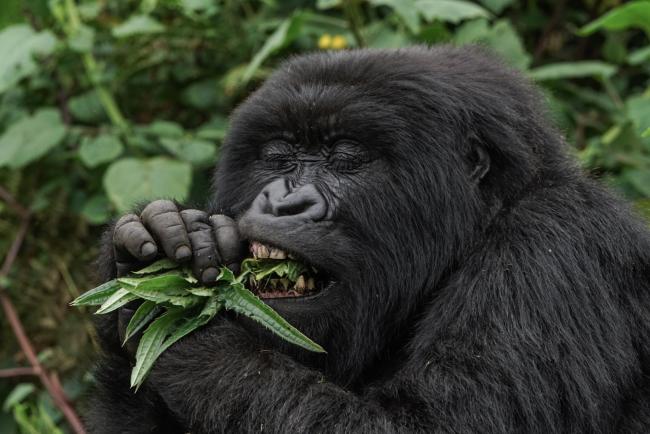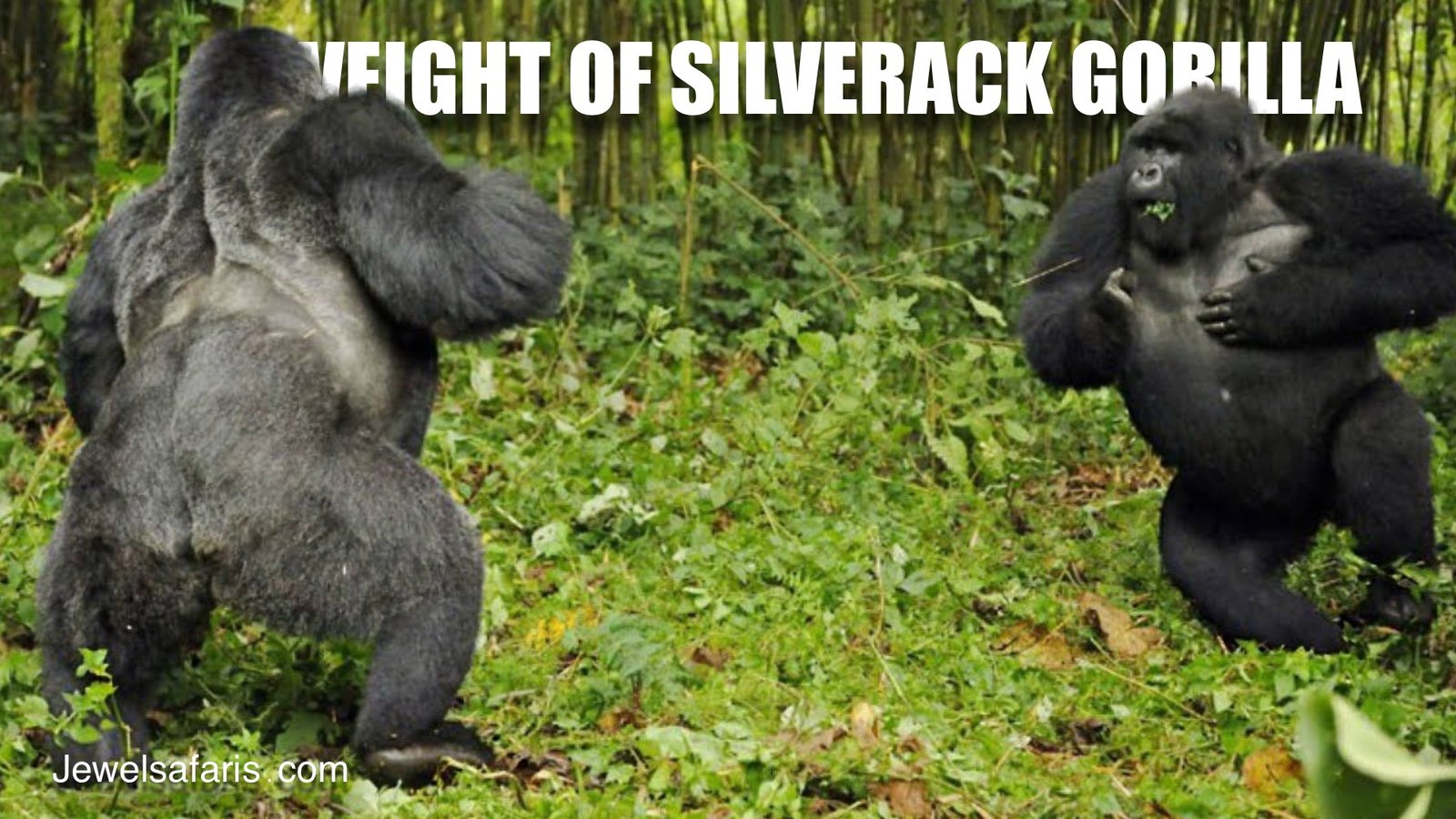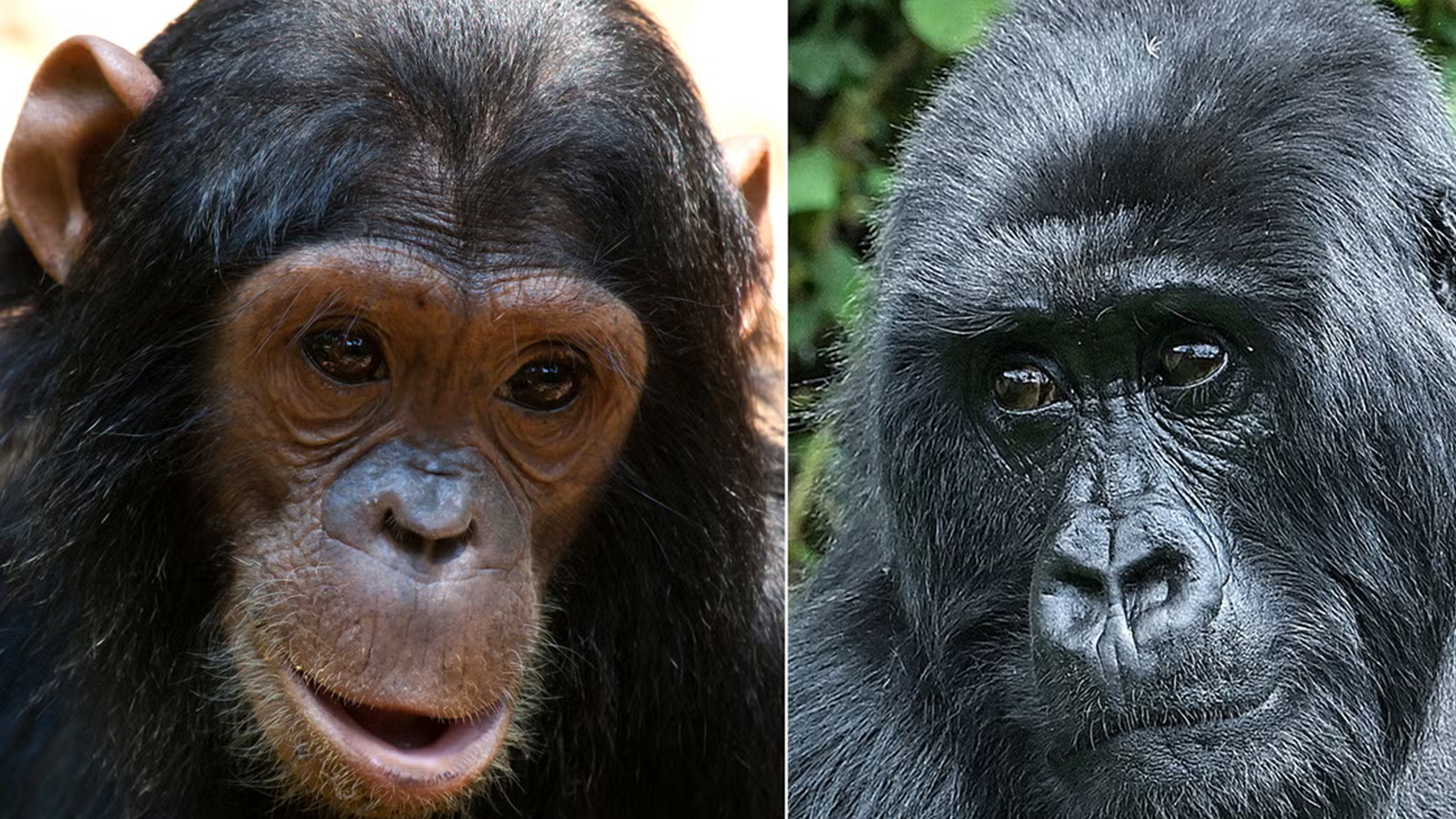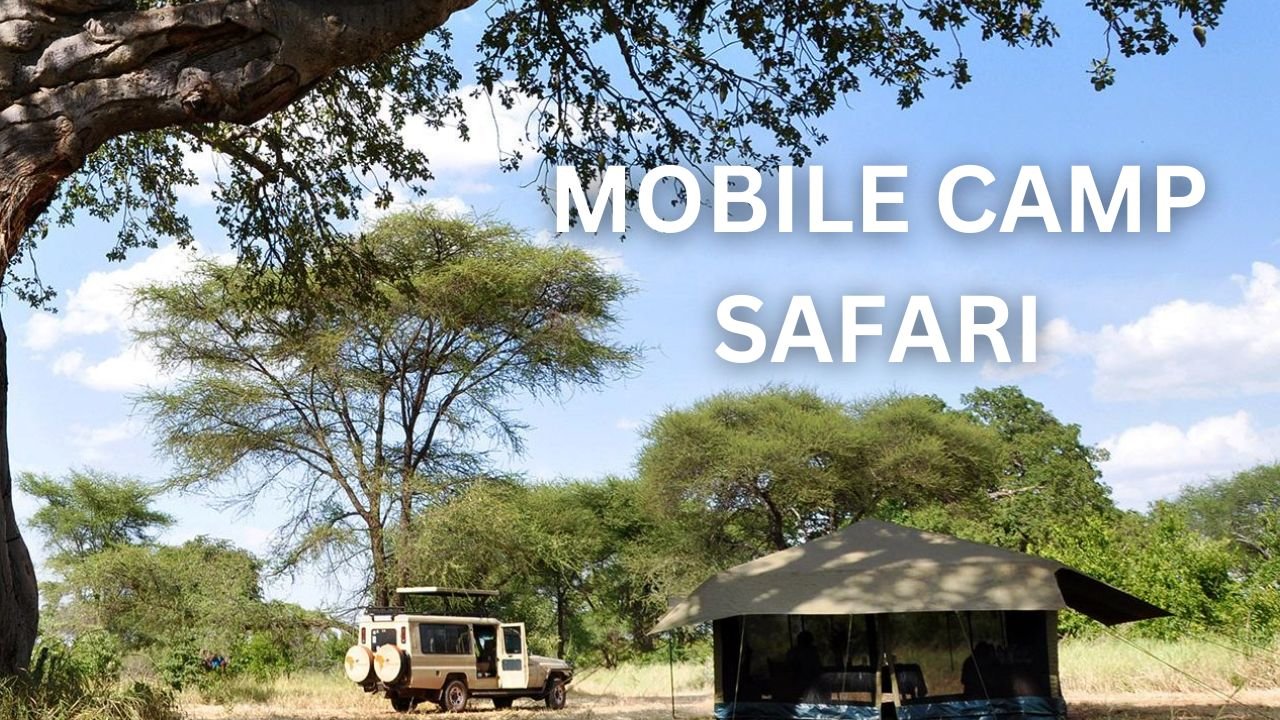How Much Does a Silverback Gorilla Weigh?
When it comes to the animal kingdom, few creatures command as much awe and respect as the silverback gorilla. These majestic primates are the largest of the great apes, and their imposing size combined with their intelligence makes them one of the most fascinating species on the planet. But for many, the question remains: how much does a silverback gorilla weigh?
The Size and Weight of a Silverback Gorilla

A silverback gorilla is the dominant male in a group, often characterized by the silver-gray hair that extends across its back, hence the name “silverback.” This male gorilla is not only the leader but also the largest and heaviest member of the group.
- Average Weight: An adult silverback gorilla typically weighs between 300 to 485 pounds (135 to 220 kilograms). However, some exceptionally large males can weigh up to 600 pounds (272 kilograms) or more.
- Height: When standing upright, a silverback gorilla can reach about 5.5 to 6 feet (1.7 to 1.8 meters) tall, though they are much shorter when on all fours, which is their natural posture. This height gives them a towering presence in the wild.
- Muscle Mass: Despite their large size, gorillas are incredibly strong, with muscle mass that allows them to perform impressive feats of strength, such as bending trees or lifting heavy objects. A gorilla’s muscle mass accounts for much of their weight, and this muscular build is vital for their survival, particularly when it comes to protecting their group from predators.
What Affects the Weight of a Silverback Gorilla?

The weight of a silverback gorilla can vary based on several factors:
- Age: Silverbacks don’t reach their full weight until they are around 15 to 20 years old. During their younger years, they go through a period of rapid growth, and by the time they reach adulthood, their weight stabilizes.
- Diet: Gorillas are herbivores, and their diet primarily consists of fruit, leaves, stems, and bamboo. The abundance and variety of food in their environment directly affect their size and weight. A diet rich in nutrients supports their large muscle mass, while limited food availability can lead to reduced weight.
- Genetics: Just like humans, genetics play a significant role in determining how large a silverback gorilla will grow. Some individuals are naturally larger than others due to inherited traits.
- Environment: Gorillas living in more abundant environments with plentiful food sources, like the lowland forests of central Africa, may grow larger compared to those living in more challenging, high-altitude areas.
How Does a Silverback’s Size Compare to Other Gorillas?
Silverback gorillas are not the only gorillas in existence. The species is split into two main subspecies: eastern gorillas (which include mountain gorillas and eastern lowland gorillas) and western gorillas (which include western lowland gorillas and cross river gorillas).
- Mountain Gorillas: The largest of the eastern gorillas, mountain gorillas can weigh up to 450 pounds (204 kilograms) for a male silverback, though they tend to be slightly smaller than their lowland cousins.
- Western Gorillas: Males of this subspecies, specifically western lowland gorillas, are slightly smaller than their eastern counterparts, with adult males weighing between 300 to 400 pounds (136 to 181 kilograms).
Despite the differences, the overall physical power and mass of silverback gorillas are impressive across the board.
Why Is the Silverback’s Size So Important?
The size and strength of a silverback gorilla are vital for several reasons:
- Protection: As the leader of a troop, a silverback must defend his group against predators and rival males. His strength allows him to fight off threats, protecting the females and young gorillas in his group.
- Dominance: The silverback’s weight and power also make him the dominant figure in the group. His strength allows him to assert his leadership, ensuring the cohesion of the group, while preventing challenges from other males.
- Reproductive Success: A dominant, larger silverback also tends to have greater reproductive success. His size often helps him to command respect from females and ensures he is the father of the majority of offspring within the group.
The Decline of Silverback Gorillas and Conservation Efforts
While the silverback gorilla’s size and strength are awe-inspiring, their survival is increasingly threatened by habitat loss, poaching, and human-wildlife conflict. The loss of these magnificent creatures would not only be devastating for biodiversity but would also harm the delicate ecosystems they help maintain.
Conservation efforts are crucial to preserving the gorilla populations, with programs focused on protecting their natural habitats, anti-poaching initiatives, and education to promote awareness about the importance of gorillas to the broader environment.
Conclusion
From their impressive weight to their commanding presence, silverback gorillas are among the most remarkable creatures on Earth. Understanding their size and the factors that contribute to it not only deepens our appreciation for these powerful animals but also highlights the urgency of protecting them from the growing threats they face.
Silverback gorillas are a symbol of strength, resilience, and the delicate balance of the natural world. By supporting conservation efforts and increasing awareness about their importance, we can ensure that future generations will continue to witness the grandeur of these extraordinary creatures.



